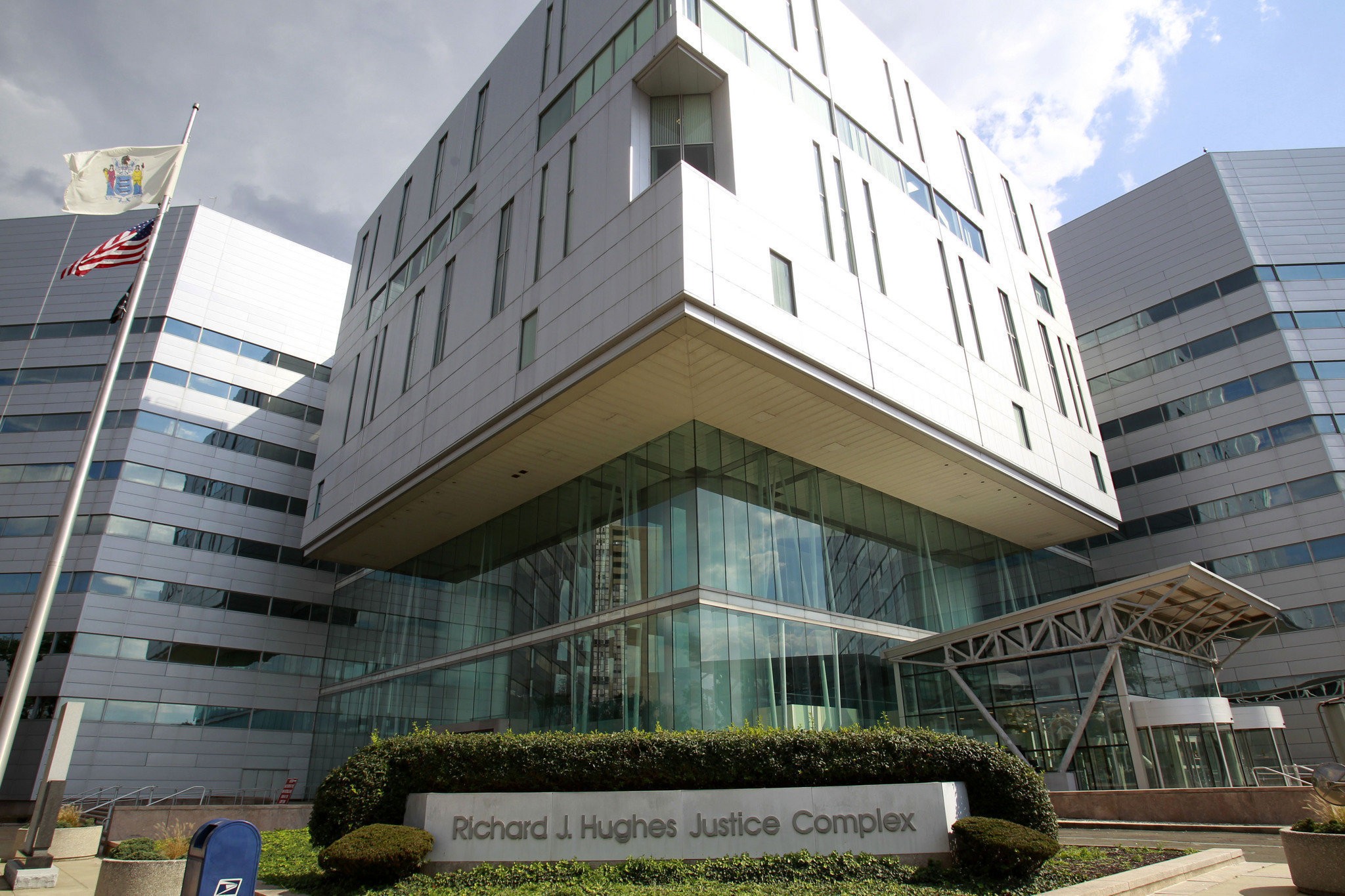TRENTON – Acting Attorney General Christopher S. Porrino announced that a Middlesex County man has been indicted on charges including attempted murder for allegedly striking and injuring a police officer with a car while trying to flee a drug arrest at a pharmacy in Sayreville in January 2015. Another officer then fired at the suspect, but no one was struck by the gunfire.
Under the Attorney General’s Directive on Police-Use-of-Force Investigations, the incident was investigated by the Attorney General’s Shooting Response Team, made up of investigators from the Division of Criminal Justice and the New Jersey State Police Major Crime Unit. As a result of the investigation, Director Elie Honig of the New Jersey Division of Criminal Justice determined that presentation of the police-involved shooting to a grand jury was not required under the Directive, because the undisputed facts showed that the use of force was justified under the law. The investigation included witness interviews and forensic analysis of the scene and other evidence.
Testimony and evidence from the Shooting Response Team’s investigation was presented to a state grand jury for consideration of charges against the driver who allegedly struck the officer. The driver, Isaiah D. Roberts, 39, of Parlin, N.J., was indicted yesterday, July 28, on the following charges:
With regard to the specific factual circumstances of the incident, the investigation revealed that on January 22, 2015, at approximately 5:15 p.m., members of the Middlesex County Gangs, Guns and Drugs Task Force were conducting a narcotics investigation within the Borough of Sayreville. Arrangements allegedly had been made for an undercover detective to purchase five “bricks” (or bundles of approximately 50 single-dose glassine folds) of heroin from Roberts in the parking lot of the Rite Aid store at 3553 Washington Avenue in Sayreville. Roberts allegedly had already made four heroin sales to undercover officers during the investigation. An arrest warrant for Roberts and a search warrant for his home in Sayreville had been obtained and were to be executed that day.
An operations plan provided for numerous police personnel and vehicles to be used in arresting Roberts. Upon arrival, Roberts entered the parking lot through one of two entrances but did not park next to the undercover vehicle to conduct the sale as anticipated. He continued past the undercover vehicle and attempted to flee through the second driveway, which was blocked by police vehicles. Seeing that his route out of the parking lot was blocked, Roberts allegedly put his vehicle into reverse and drove in reverse through the parking lot at a high rate of speed, while disobeying commands to stop. Roberts allegedly struck an officer with his vehicle, sending him flying into the air, and continued to drive erratically, positioning his vehicle so it was pointed directly at the fallen officer he had just struck.
The police officer who fired at Roberts witnessed the officer being struck by Roberts’ car, and he allegedly saw Roberts accelerate the vehicle in the direction of the fallen officer. At that time, he fired five rounds from his service rifle. The officer discontinued firing when Roberts’ vehicle steered away from the fallen officer, while continuing to drive erratically. Roberts was not struck by the gunfire and continued to flee the parking lot, striking marked and unmarked police vehicles. Roberts’ vehicle came to a stop only after it was disabled as a result of crashing into the police vehicles. Roberts was arrested and allegedly was found to be in possession of five bricks of heroin. The officer who was struck was taken by ambulance to Robert Wood Johnson Hospital, where he was treated for an injured wrist.
Deputy Attorney General Norma Garcia presented the indictment to the state grand jury for the Attorney General’s Shooting Response Team.
The first-degree attempted murder charge carries a sentence of 10 to 20 years in state prison and a fine of up to $200,000. The second-degree charges carry a sentence of five to 10 years in state prison and a fine of up to $150,000, while the third-degree charges carry a sentence of three to five years in state prison and a fine of up to $35,000.
The indictment is merely an accusation and the defendant is presumed innocent until proven guilty.
The indictment was handed up to Superior Court Judge Mary C. Jacobson in Mercer County, who assigned the case to Middlesex County, where Roberts will be ordered to appear at a later date for arraignment.
After analyzing all of the facts and circumstances of this incident within the context of the Attorney General’s Use-of-Force Policy, Director Honig concluded that the officer who fired at Roberts used an acceptable level of force in firing his rifle to protect the fallen officer from imminent danger of death or serious bodily injury and to prevent the escape of Roberts, who continued to pose a danger to all in his path. An officer may use deadly force in New Jersey when the officer reasonably believes it is immediately necessary to protect the officer or another person from imminent danger of death or serious bodily harm. In addition, an officer may use deadly force to prevent the escape of a fleeing suspect whom the officer has probable cause to believe has committed an offense in which the suspect caused or attempted to cause death or serious bodily injury and who will continue to pose an imminent danger of death or serious bodily injury to others persons.
All portions of the Attorney General’s Directive on Police-Use-of-Force Investigations which were in effect during the course of the investigation were complied with.
Defense Attorney: Brynn Giannullo, The Giannullo Law Firm
####








































